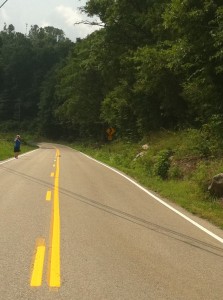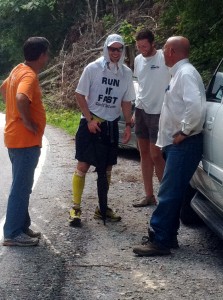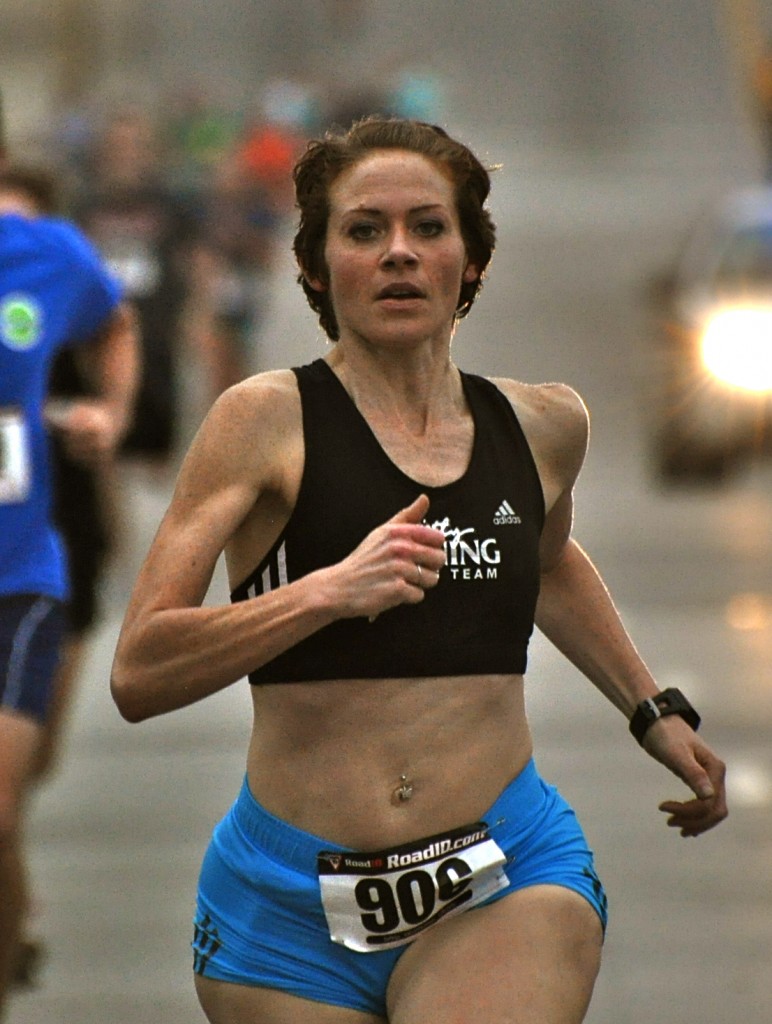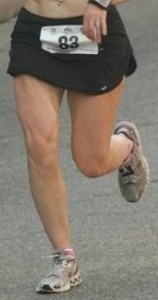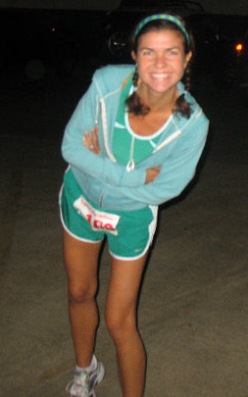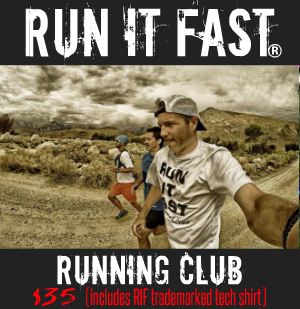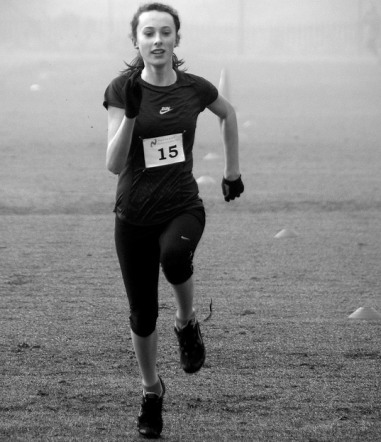
Building Strength and Preventing Injury: Lessons from Cross Country
Jason Fitzgerald (or Fitz) is the founder of Strength Running, a 2:44 marathoner, and online running coach. He loves running the trails, strong coffee, and cycling. Strength Running unleashes Fitz’s passion for helping runners achieve their best and prevent running injuries. Subscribe to get instant updates from Strength Running.
Cross country is like the middle child of distance running: often forgotten and undeservedly ignored. Typically reserved for high school and college runners, cross country offers numerous benefits that aren’t often utilized by runners training for track or road races.
Nearly all aspects of cross country – from hill workouts, avoidance of the track, and a focus on a long base period – provide injury prevention lessons.
Here’s how you can learn from cross country and build running strength while avoiding injury:
Skip the track and hit the dirt. In college, we only ran about 25% of our fast workouts on the track. In high school, none of them were on the track. Instead, we chose to run on grass fields, wooded trails, dirt paths, and crushed gravel that gave our legs an even more forgiving surface than the hard track.
The more uneven trail and grass surfaces helped us improve our coordination and allowed us to run more total mileage. And let’s not forget that the consistent left turns on a track can cause muscle imbalances that often lead to injury.
Tracks are very useful tools to run workouts, but often you can spare your body by choosing other venues.
Focus your workouts on hills and tempo runs. For most of our cross country season, our bread and butter workouts were hill repeats and tempo runs. Cross country demands leg strength and a huge aerobic engine, both of which are improved with hills and tempo workouts.
Ideally, run your tempo on a soft surface off the track, like a dirt path. Tempos increase your body’s aerobic capacity – or put in a sexier way, they help you run faster without getting so fatigued. And everybody wants that!
Hills are perfect for developing leg strength (like you’d get from the gym) and speed (like you’d get on the track). There is less impact on your legs in uphill running and it reinforces proper running form, so they prevent overuse injuries and help you become a more efficient runner.
Run more volume! Too many runners think they can run fast on the track and in their local 5k without running a lot of miles. That’s simply not true. To maximize your potential for your goal race – and your long-term development as a distance runner – it’s important to run as much as you can within the limitations of experience, safety, and desire.
To increase mileage, back off on the intense workouts. Learn from the previous lesson and switch a fartlek or interval session to a hill workout. Replacing grueling interval workouts with volume will help you become a faster runner in the long-term. High total mileage was always reinforced during cross country season and often took a backseat to fast workouts during track. Don’t make this mistake.
Barefoot strides are your best friend. During the high school and college years, cross country training and racing happened over the summer and fall. We took advantage of these warm months and ran barefoot strides after most of our distance runs.
Barefoot strides are one of the most effective injury prevention strategies that you can implement in your training. They strengthen your feet and lower legs and reinforce efficient running form. Sprinting also recruits many more of your muscle fibers, improves form, and makes running slower seem easier. Start with two 100m barefoot strides on a well-manicured field and progress to 6-8 over a month or two of training.
Preparatory mileage is crucial to success. A lot of new runners don’t give the base phase of training enough attention, or devote a few weeks to easy running before they start with harder workouts. This is a mistake and they’re missing a big opportunity to improve their fitness.
A college cross country season starts at the very end of August, but training begins usually in late May. During these three months, the majority of focus is on easy running: building an enormous endurance base that will support the harder workouts and races that come in the fall.
This long period of easy base mileage includes strides, but rarely any structured workouts before August. It’s more difficult to get injured during easy mileage – and easier to get injured if you skip this base phase of training.
I’ve run 8 seasons of competitive cross country in high school and college (and another “season” after college with two more races). They’re by far my fondest memories of running: serene trails, long runs in summer heat, and the feeling of morning dew on your bare feet.
Cross country is sometimes the forgotten middle child of running, but let’s look at the lessons it provides and learn from them. I think we can all prevent an injury or run a little faster if we take these lessons to heart.
[image: easylocum]






